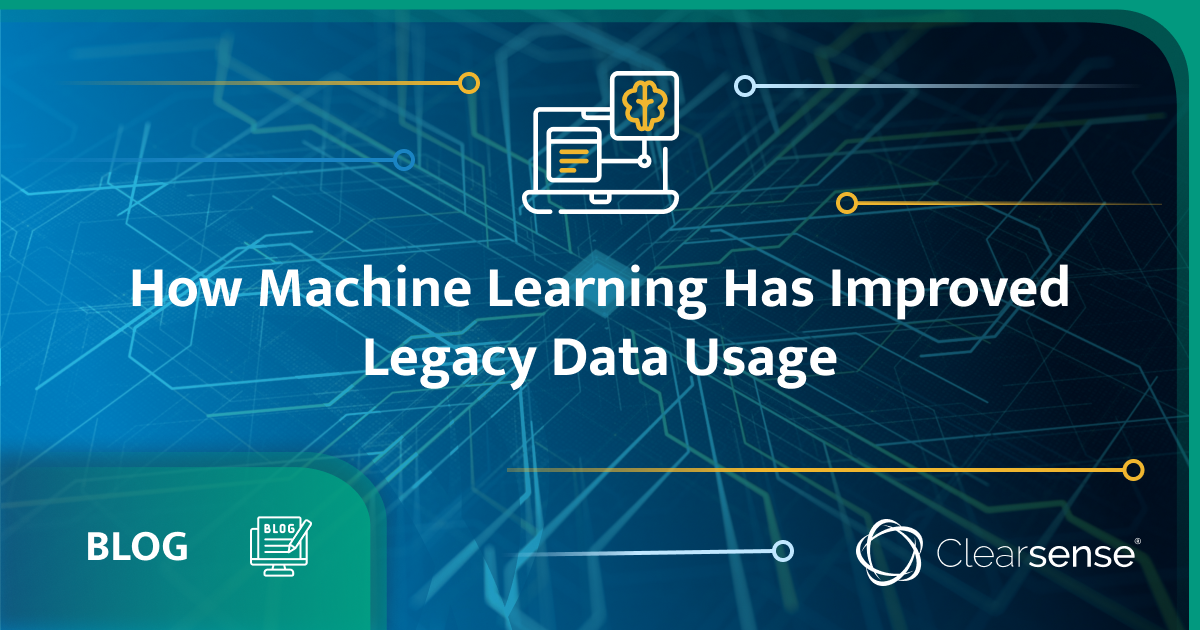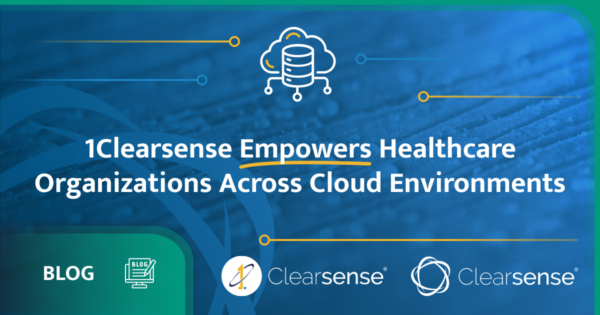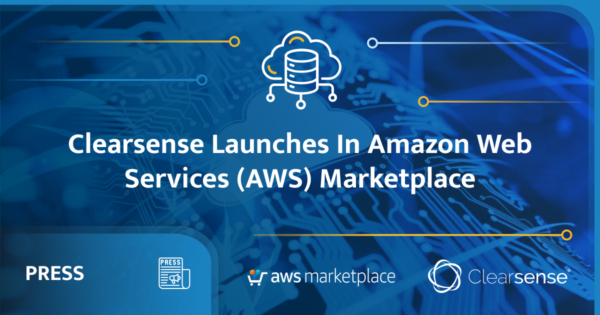
In recent years, machine learning (ML) has rapidly become an important tool for organizations to leverage their existing data. With the increasing volume and complexity of data generated every day, it has become challenging for businesses to manage, analyze, and extract value from their data, especially legacy data.
DID YOU KNOW? In 2022, the European Union passed a landmark legislation that seeks to establish a regulatory framework for artificial intelligence. The new law addresses several key issues related to machine learning, including transparency, accountability, and data privacy.

Here are five ways machine learning can make healthcare data and processes better …
Uncovering Hidden Insights
Machine learning algorithms can analyze large volumes of data and identify patterns, relationships, and correlations that might be hidden from human analysis. By applying machine learning to legacy data, businesses can uncover insights that were previously unknown or hidden, providing valuable information for decision-making processes and help organizations to gain a competitive advantage.
Automating Processes
Machine learning algorithms can also be used to automate processes that were previously done manually, such as data cleaning, classification, and clustering. This can save businesses time and money and improve the accuracy and consistency of the results.
Enhancing Personalization
Machine learning can be used to create personalized experiences for customers by analyzing their behavior and preferences. By applying machine learning to legacy data, businesses can provide more accurate recommendations and tailored experiences to their customers, leading to increased engagement and customer satisfaction.
Improving Fraud Detection
Machine learning can be used to detect fraudulent activities by analyzing patterns and anomalies in data. By applying machine learning to legacy data, businesses can improve their fraud detection capabilities and reduce the risk of financial losses.
Predictive Maintenance
Machine learning can be used to predict when equipment will fail, enabling businesses to schedule maintenance before a breakdown occurs. By applying machine learning to legacy data, businesses can use historical data to train their algorithms and improve the accuracy of their predictions.











